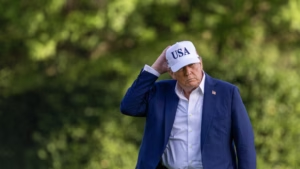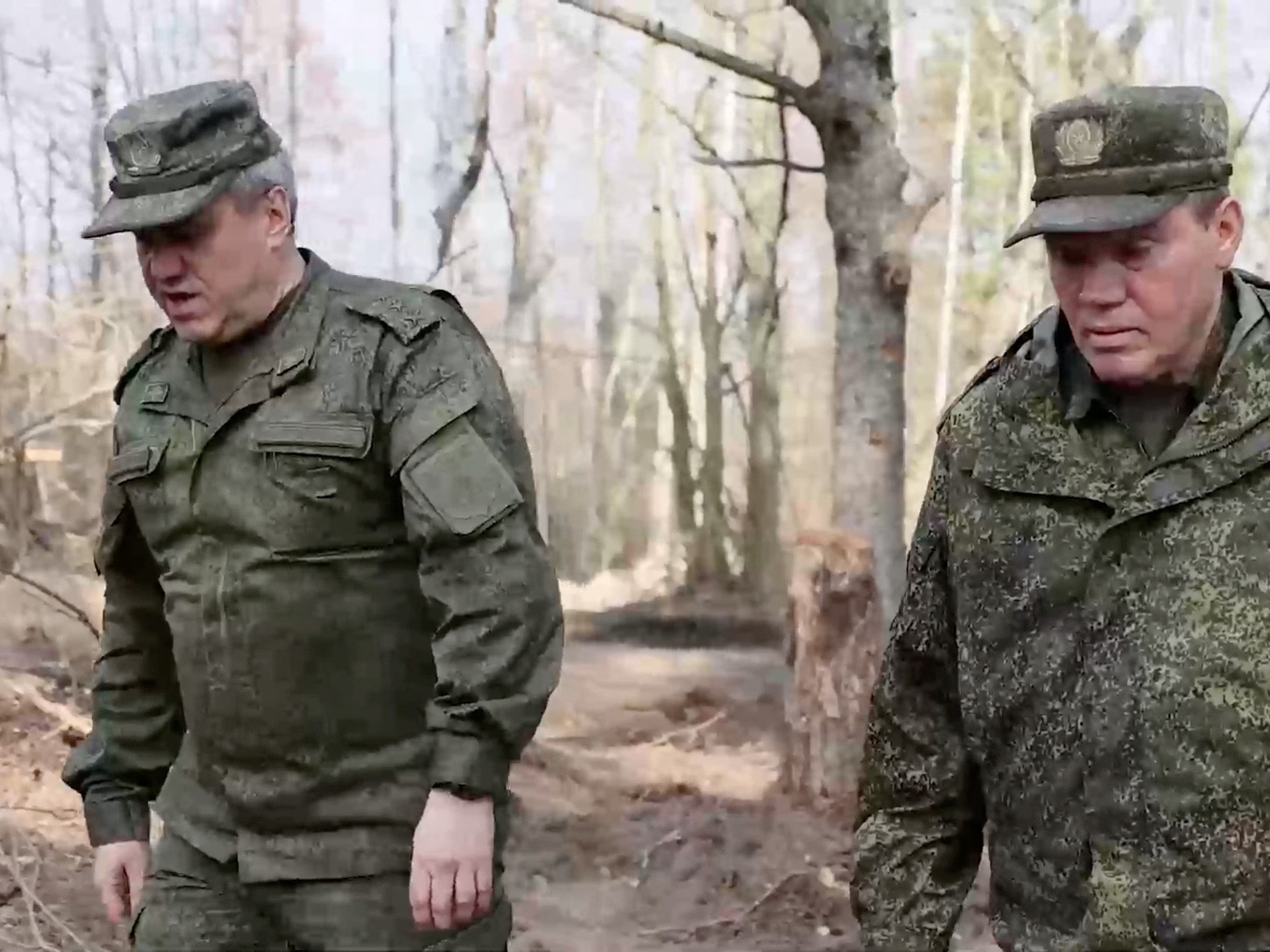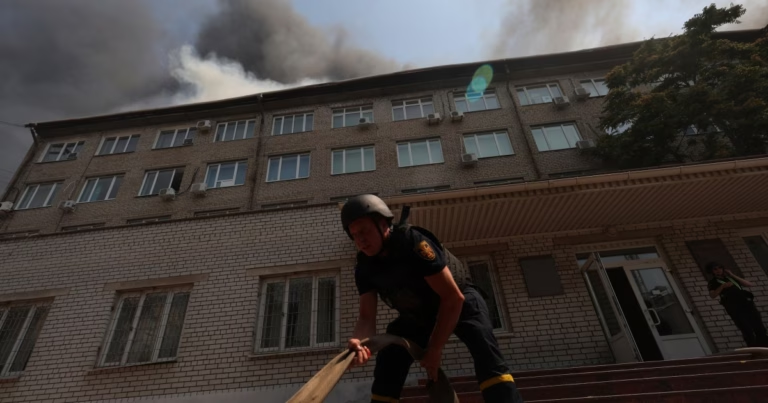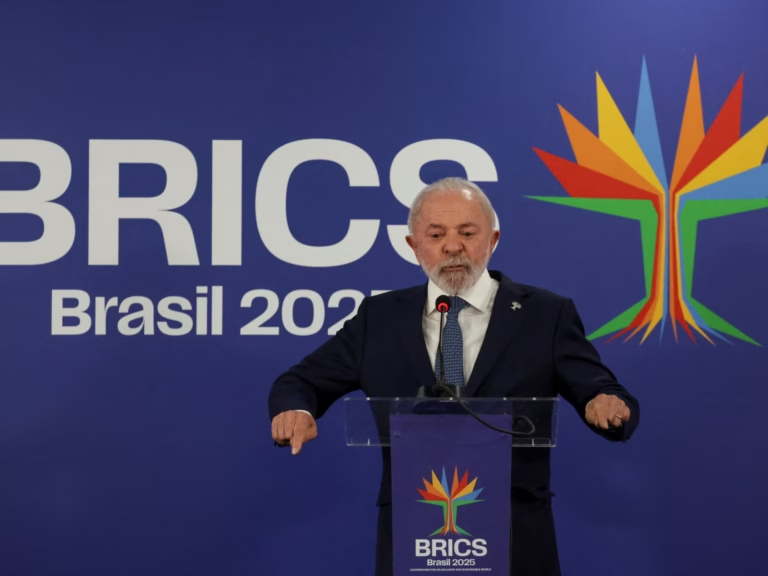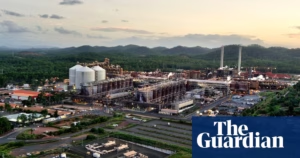The US reinstated intelligence sharing and military assistance to Ukraine on Tuesday night after Ukraine agreed to a nine-and-a-half-hour ceasefire suggested in Riyadh.
Russia’s efforts to reclaim Kursk intensified on March 6, a day after the White House stopped military and intelligence assistance to Ukraine.
According to Ukraine’s general staff, Russian forces launched 32 attacks in Kursk.
Russian military reporters stated that Russia had given priority to this front, deploying its best drone operators and electronic warfare to prevent Ukrainian drone counterattacks.
The operation became clearer on March 7 when Russian forces attacked Ukrainian border areas in Sumy for the first time since the full-scale Russian invasion began in 2022, aiming to encircle Ukrainian forces in Kursk from the south and cut their supply lines.

On Saturday, Russian forces captured several settlements north of Sudzha, the main Ukrainian stronghold in Kursk, and began to fire upon Sudzha itself. One Russian operation involved soldiers crawling into a gas pipeline to infiltrate the industrial zone.
The UK’s Daily Telegraph reported that Ukraine was considering a withdrawal to avoid encirclement, but the Ukrainian commander-in-chief, Oleksandr Syrskii, denied any threat of encirclement in the Kursk region on Monday.
He did, however, send drone and electronic warfare reinforcements.
By Tuesday, Russia’s defence ministry announced it had recaptured over 100sq km (40sq miles) in Kursk, including a dozen settlements.
Kremlin spokesperson Dmitry Peskov told the media on Wednesday that Sudzha had been freed.
“Our military data shows that our troops are successfully advancing in the Kursk region as they liberate those areas controlled by [Ukrainian] militants,” he said.
Later on Wednesday, Russian President Vladimir Putin visited Kursk for the first time in months and the Kremlin claimed that Moscow’s operation in Kursk was in its final stage on the following day.
Ukraine caught Russia off-guard in its August counter-invasion last year, and succeeded in pinning down an estimated 78,000 Russian soldiers with just over 11,000 soldiers, slowing Russia’s advances in east Ukraine and forcing Putin to reportedly seek help from 12,000 North Korean mercenaries last November.
The Institute for the Study of War, a think tank based in Washington, assessed that Russian forces had managed to retake 655sq km (250sq miles) by last month, more than half the Kursk territory Ukraine had held at the peak of its operation.

Ukraine launched surprise attacks in early January and February to consolidate its positions, underlining the importance of Kursk as a form of active defense.
Ukrainian military analyst Petro Chernyk believes that “Putin gave a firm order to drive our group out of there by May 9, and if this doesn’t happen, for him, it will really be a very serious ideological defeat,” in an interview, referring to the anniversary of the capture of Berlin by Soviet forces in 1945.
A Ukrainian government source told Time magazine the role of the US intelligence cutoff had been critical in the Russian advance, as Ukraine was unable to detect Russian bomber and fighter jet takeoffs or use US intelligence to set targeting coordinates for its most accurate weapons.
After former US President Joe Biden allowed Ukraine to use US-made ATACMS rockets to hit deep inside Russia, Maria Zakharova, Russia’s foreign ministry spokesperson, called it “direct involvement of the US and its satellites.”
Europe to the Rescue?
Europeans searched for alternatives to US government intelligence and the Starlink satellite system utilized by Ukrainian forces for communication and coordination of counter-battery fire.
Four satellite operators in France, Spain, the UK, and Luxembourg told the Financial Times that they were offering services to replace Starlink.
Maxar Technologies, the commercial satellite imaging company, said that European governments could pass on its images to Ukraine despite the US stoppage.
Europe also aimed to increase its weapon deliveries to prevent Ukraine from suffering setbacks similar to those in early 2024, when US military aid was halted for six months.
Ukrainian Defense Minister Rustem Umerov on Saturday met with eight Nordic and Baltic countries to coordinate weapon deliveries.
“We are awaiting crucial decisions that will bolster Ukraine’s defense capabilities,” he stated.

Ukraine was in talks with Poland and Lithuania to ramp up joint production of weapons and ammunition.
Umerov signed two significant private sector agreements – one with Germany’s Diehl Defence, which manufactures the IRIS-T air defense system, and another with Britain’s Anduril for sophisticated roving munitions drones funded by the International Fund for Ukraine.
Germany, which has provided 37 billion euros ($40bn) in military and financial aid under Chancellor Olaf Scholz, announced on March 6 that it would raise its defense spending by up to 1 trillion euros ($1.09 trillion) as part of a possible coalition between the Christian Democrats and Scholz’s Social Democrats. Polls suggested three-quarters of Germans supported this.
Ukraine has also expanded its domestic defense industrial base impressively and now supplies 40% of its own weapons.
Ukraine’s defense ministry announced it would triple its purchase of domestically produced first-person view drones this year.
“The capabilities of the domestic defense industry in 2025 amount to approximately 4.5 million FPV drones, and the Ministry of Defence plans to purchase them all,” said Gleb Kanevsky, head of procurement. These figures do not include long-range drones used to strike inside Russia.
Deep Strikes Inside Russia and Ukraine
These deep strikes continued last week, despite the US intelligence cutoff.
Ukraine announced that a significant Ukrainian drone operation had successfully struck Moscow and the Diaghilev air force base in Ryazan on Tuesday. According to state wire service RIA Novosti, a total of 337 drones were used, 91 of which were over Moscow. Russian authorities reported three people killed and 18 injured.
Ukraine’s general staff said they struck the Ryazan refinery on Sunday, claiming it produced jet fuel. The following night, the staff stated they hit the Novokuybyshev refinery in the Samara region, which they claimed supplied fuel for Russia’s northern forces. Andriy Kovalenko, head of the Center for Countering Disinformation, said the plant was one of Russia’s ten largest.
Kovalenko also stated that Ukrainian forces had hit the NLMK metallurgical plant at Novolipetsk, in Kursk. He noted that its rolled steel was used in ships and submarines, combat vehicle hulls, missiles, and aircraft.

Russia also attacked Ukraine with one of its largest drone swarms of the war.
At least 11 people were killed when Russia launched a combined strike using an Iskander ballistic missile, Tornado multiple launch rockets, and Geran drones in the town of Dobropillya on March 7. The toll was high because Russian drones attacked in two waves to target first responders.
The Dobropillya attack was part of a nationwide assault involving 67 missiles and 194 drones.
French-donated Mirage jets entered combat for the first time in the war, shooting down Russian Kh-101 missiles.
Data compiled by the ISW showed a massive increase in the size of Russian combined drone and missile attacks since the inauguration of US President Donald Trump, as Russia aimed to leverage its advantage ahead of anticipated peace talks.


